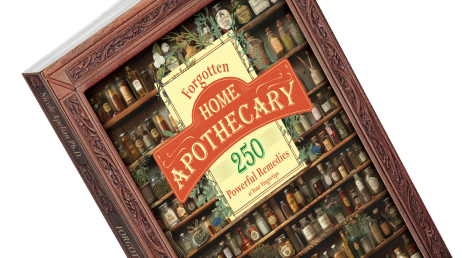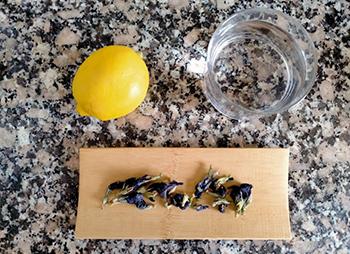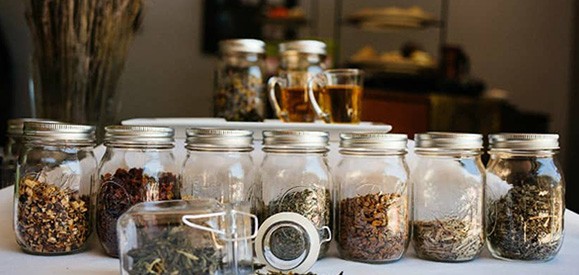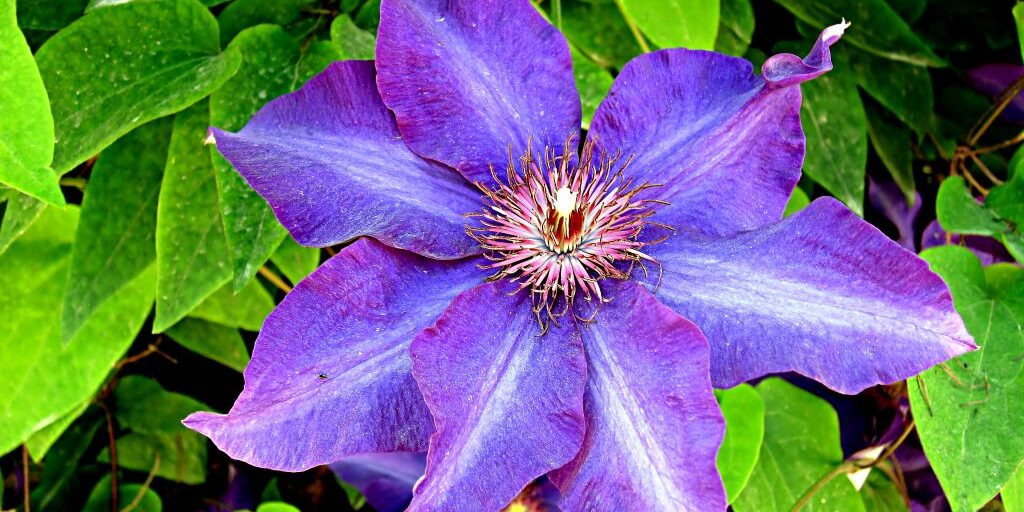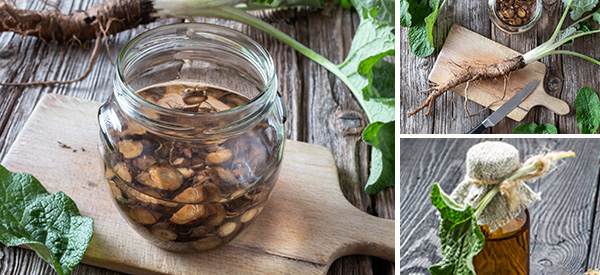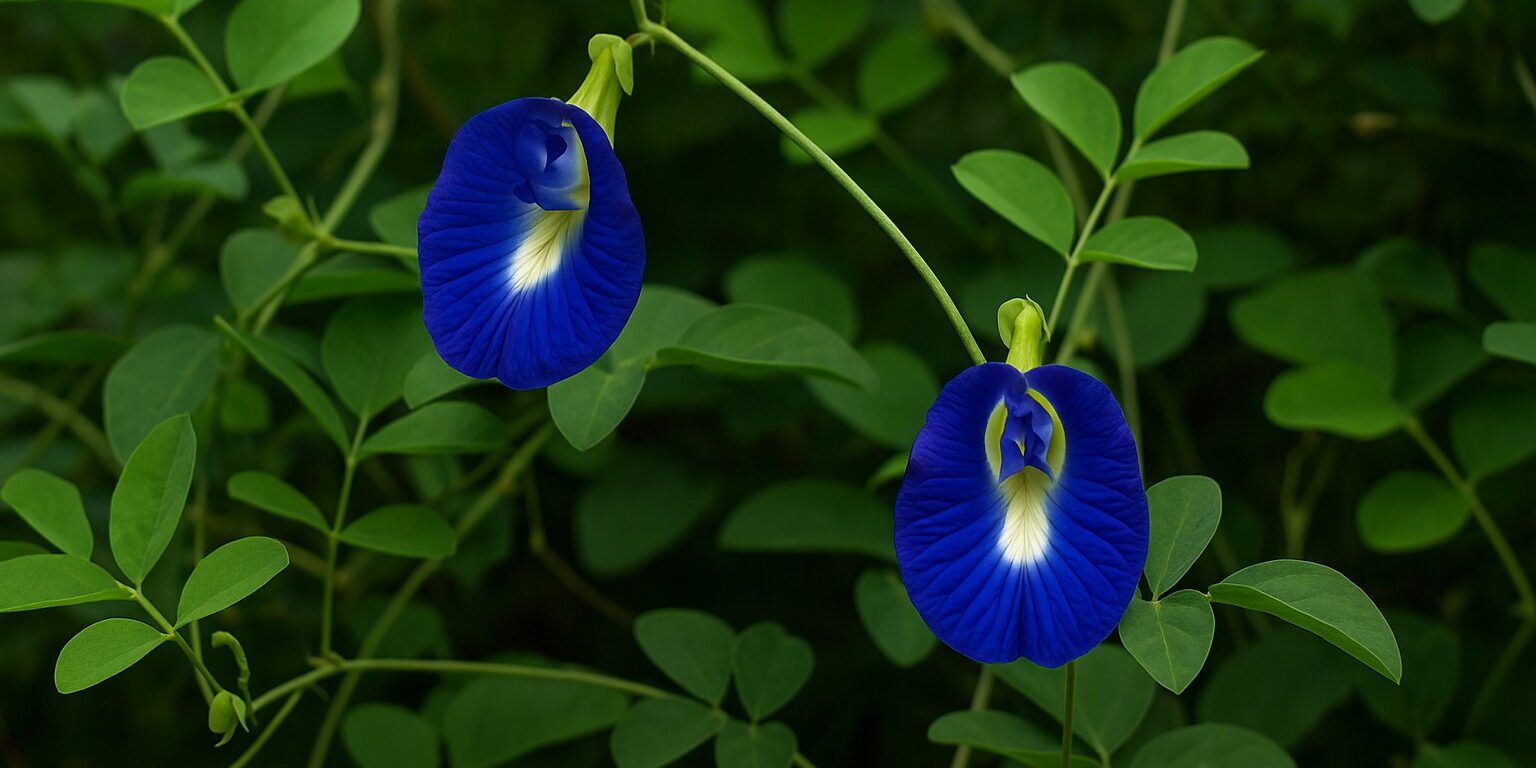
Asian Pigeonwings
A Delicate Blossom With Deep Roots in Traditional Healing
Asian Pigeonwings, also known as Butterfly Pea or Blue Pea, may look like an ornamental curiosity, but beneath those striking indigo petals lies a time-honored herbal remedy. Revered in traditional Ayurvedic and Chinese medicine, this vine-like plant has been used for centuries to calm the mind, improve memory, and even promote youthful skin. In many Southeast Asian cultures, the brilliant blue flowers are steeped into teas, infused into tinctures, or used as natural food coloring.
Its vibrant color may be eye-catching, but its effects run far deeper—balancing, cleansing, and rejuvenating the body naturally.
Benefits of Asian Pigeonwings
Asian Pigeonwings is known for its nootropic, antioxidant, anti-inflammatory, and adaptogenic properties. Here’s what that means for your health:
- Supports Brain Function and Mental Clarity
Often called a “brain tonic” in Ayurveda, Asian Pigeonwings helps enhance memory and reduce symptoms of anxiety and depression. Studies show that compounds like ternatins and anthocyanins support neurological health.
- Rich in Antioxidants
These flowers are packed with flavonoids and antioxidants, which combat oxidative stress—a key contributor to aging and chronic disease.
- Anti-Inflammatory and Pain-Reducing
Traditionally used to ease inflammation in the joints and digestive tract, this herb supports the body’s natural healing processes without harsh side effects.
- Natural Detoxifier
In many cultures, it’s used as a gentle liver and blood cleanser. The vibrant blue infusion is both refreshing and deeply purifying.
- Promotes Healthy Skin and Hair
The anthocyanins not only fight free radicals but also stimulate collagen production, making this plant a favorite in natural beauty remedies.
How to Grow Asian Pigeonwings
Growing this herb is surprisingly simple and highly rewarding, even for beginners. It thrives in warm climates and adds a lovely touch of color to any garden.
| Requirement | Details |
| Climate | Prefers tropical to subtropical climates. Can tolerate mild frost. |
| Sunlight | Full sun to partial shade. |
| Soil | Well-drained, moderately fertile soil. pH 6.0–7.5. |
| Watering | Keep soil moist but not waterlogged. Regular watering during dry spells. |
| Propagation | Best grown from seeds. Soak seeds overnight to improve germination. |
| Support | It’s a climbing vine—provide a trellis or fence for support. |
| Harvesting | Pick flowers fresh for tea, or dry them for later use. |
How to Use Asian Pigeonwings
- Tea: Steep 5–6 dried or fresh flowers in hot water for a vivid blue tea. Add lemon to turn it purple!
- Tincture: Combine dried flowers with vodka or high-proof alcohol in a glass jar. Let sit 4–6 weeks.
- Infused Oil: Macerate flowers in carrier oil and store in a cool, dark place for skin treatments.
- Hair Rinse: Brew a strong tea and rinse through hair for natural shine and scalp health.
Similar Plants Compared
| Feature / Plant | Asian Pigeonwings | Blue Vervain | Skullcap |
| Primary Use | Brain tonic, skin health | Stress relief, digestion | Anxiety, sleep aid |
| Traditional System | Ayurvedic, Chinese | Native American | Western herbal medicine |
| Form Used | Flowers | Aerial parts | Aerial parts |
| Growth Habit | Climbing vine | Upright herbaceous plant | Low-growing perennial |
| Preferred Climate | Tropical/subtropical | Temperate | Temperate |
| Taste | Mild, floral | Bitter, earthy | Slightly bitter |
| Safety | Generally safe, mild | May cause nausea in excess | May cause drowsiness |
How to Make an Anti-Inflammatory Blue Tea with Asian Pigeonwings
This tea takes around 15 minutes to make. The portion sizes below are for two servings and each mug or cup will contain around 10.5 calories. I didn’t use honey or sweetener so you’ll need to adjust the calories if you include this. I made this tea hot but it’s also refreshing to drink it once it has cooled down.
This recipe doesn’t contain any caffeine so you can drink this anytime during the day or night if you like. You can have up to three servings a day.
Ingredients:
- 2 heaped teaspoons of Dried Butterfly Pea flowers or fresh flowers (approximately 14 flowers)
- 1 lemon
- 25 fl oz of water / 700 ml
- Honey or sweetener to taste (optional)
Utensils: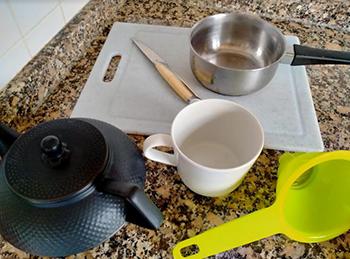
- Teapot
- Kettle or small pot
- Small strainer
- Chopping board
- Sharp knife
- Mug
Method
- Pour 25 fl oz of water (700 ml) into a pot and bring it to a boil.
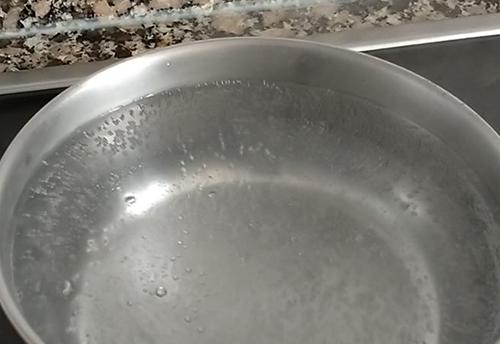
- Now add 2 heaped teaspoons of Butterfly Pea flowers to your teapot. If you’re using fresh flowers, remove any green stalks and leaves from the bottom first or these may make your tea bitter (you don’t need to do this with dried flowers).
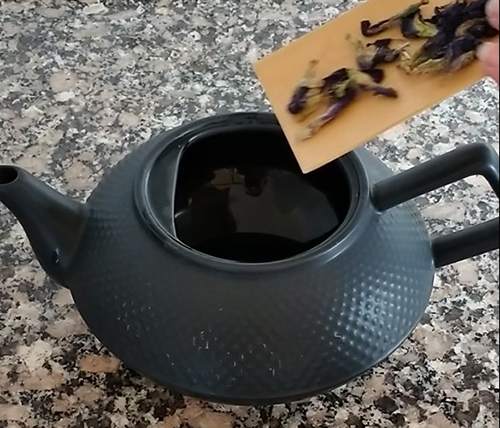
- Once the water has boiled, pour it into the teapot and put the lid on, and let it steep for 10-15 minutes. If you don’t have a teapot, use a pot to boil the water and when the water has boiled you can remove the pot from the stovetop and simply add the flowers, placing a lid on the pot after.
- While your tea is steeping, cut your lemon in half.
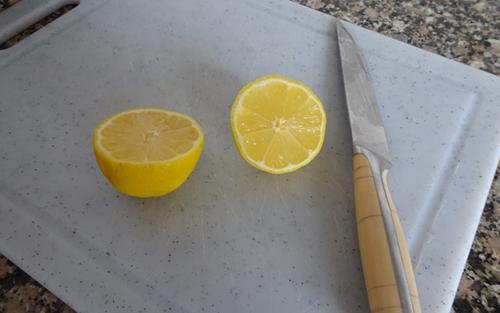
- When your flowers have been in the water for 10-15 minutes pour the water into a mug through a strainer.
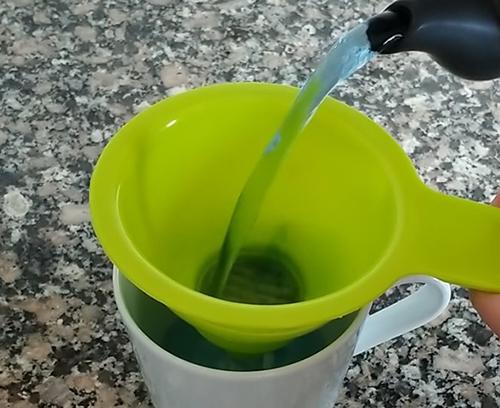
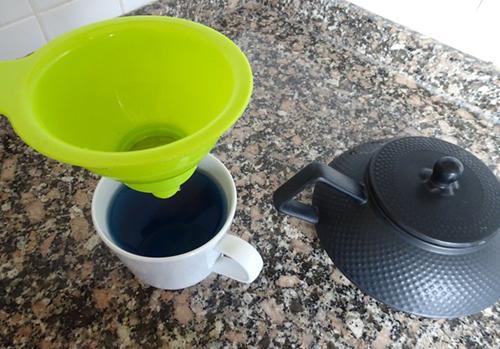
- Squeeze half a lemon into each mug and watch the color change from bright blue to a purple hue.
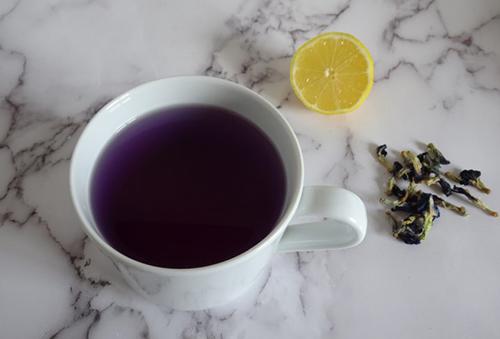
Video Recipe
You can now drink your tea once it’s cooled down enough for you. Since the tea has lemon juice in it, remember to rinse your mouth out with water after each mug you drink to remove the acid and protect your tooth enamel.
You can also play around by adding extra ingredients and flavor combinations (e.g. mint, lemongrass, or ginger). As this tea has such a subtle flavor it lends itself to many additions so choose ones that you like and are beneficial to your health. Enjoy!
Final Thoughts
Asian Pigeonwings is a gentle but powerful herb that bridges beauty and wellness. From calming the nervous system to rejuvenating the skin, it’s a plant that offers much more than ornamental value. Whether you’re crafting teas, oils, or tinctures, its presence in your apothecary is as welcome as it is wise. As always, consult with a qualified herbalist or healthcare provider before using any new plant, especially if pregnant, nursing, or on medication.
You may also like:
Add This “Unusual Nutrient” to Coffee or Tea, to Effortlessly and Fully Empty Your Bowels Every Single Morning (Learn More)

